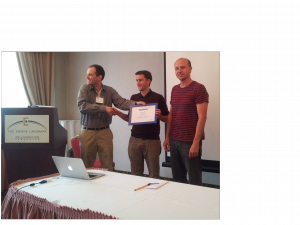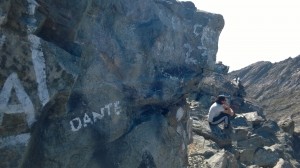Date: Friday, October the 9th at 10AM
Place: Salle des Conseils Monod, ENS de lyon, (2nd floor)
Title:Causal Graphs applied to Network Science
Abstract:
Since the adoption of the Internet telecommunication networks world-wide, in the 90’s, the landscape of telecommunication networks has evolved very fast. The number of actors participating in its performance and the number of services it provides is in a constant evolution. Due to the heterogeneity in the technologies on which telecommunication networks rely and the number of services developed on top of the Internet networks, modeling and understanding its performance has become a complex problem. In such a scenario, changing one component or modifying one mechanism of a given telecommunication system represents an intervention that is both expensive and hard to revert. On the other hand, predicting the effect of a given change in a given mechanism influencing the telecommunication network performance is hard as many parameters need to be taken into account and controlled experiments are hard to implement in practice. To answer these challenges, our work proposes to adopt a causal approach to study the performance of applications running over the Internet network such as FTP or services such as the CDNs. Based on passive observations exclusively, a causal approach allows capturing the role of the different parameters influencing telecommunication networks performance. Such an approach also allows predicting how a service would react to a given change in the underlying network properties without the need of any additional experiment or active measurement. While able to overcome the challenges faced in the study of telecommunication network performance, the causal theory has some limitations in its implementations that prevents its use in the domain of telecommunication networks. The focus of our work is to show how to overcome the limitations in the existing implementations of the causal theory and how to implement such theory to study telecommunication networks. We first revise the existing assumptions made in the literature in order to adapt, in a second step, the existing methods for causal model and causal effect inference to the constraints of telecommunication networks. After validating our approach in an emulated environment, we present the studies of several real case scenarios where the causal approach shows its superiority over a non-causal (correlation based) approach and highlights the benefits and potential of such approach.





